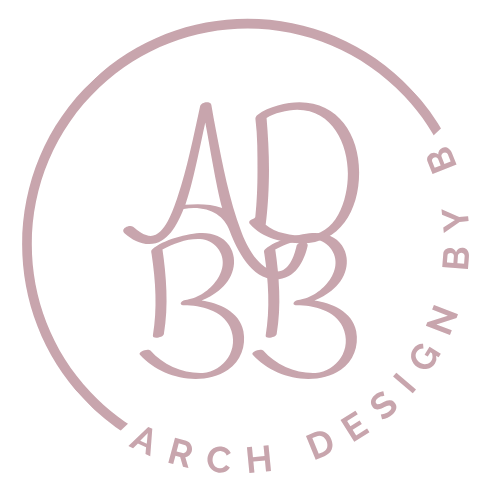Arch Design by B, LLC may partner with other businesses or become part of different affiliate marketing programs whose products or services may be promoted or advertised on the website in exchange for commissions and/or financial rewards when you click and/or purchase those products or services through our affiliate links. We will receive a commission if you make a purchase through our affiliate link at no extra cost to you.
We may also recommend other products, services, coaches and consultants but no such reference is intended to be an endorsement or statement that such information provided is accurate. We recommend these based on our personal experiences but it is still your responsibility to conduct your own due diligence to ensure you have obtained complete accurate information about such product, services, coaches and consultants.
We may participate in affiliate programs with various companies and brands. If you click on an affiliate link and make a purchase, we may receive a commission at no extra cost to you.
These affiliate or third party relationships in no way compromise the integrity of the content, information, services and materials being presented to you here, and you are under no obligation to click on these affiliate links to purchase those products or services being offered. These affiliate programs are selected based on personal experiences and preferences.
Although we provide these affiliate links on the website for your convenience, we have no control over these external websites and they are solely responsible for their own content and information presented. Therefore, Arch Design by B, LLC and/or its officers, employees, successors, shareholders, joint venture partners or anyone else working with us cannot be held liable or responsible for any content presented on these external websites and for any damages resulting from them.
This disclosure policy applies to all affiliate links we share on our website, social media, emails, programs, products such as courses, ebooks, services and any other means of communication with you.
Earnings Disclaimer, Testimonials and Other Disclaimers
We may disclose our income reports and success results of our current or former customers including product reviews and testimonials on the website from time to time. These income reports, product reviews and testimonials are accurate and strictly for informational purposes only.
We share this information as examples to you but it does not serve as a guarantee or promise of any kind for your results and successes if you decide to use the same information, reviews, products, services, tips and techniques offered here.
All the testimonials included on our websites, programs, products and/or services are real-world examples and stories of other people’s experiences with our programs, products and/or services. But they are not intended to serve as a guarantee that you will achieve the same or similar results. Each individual’s performance is different and your results will vary accordingly.
